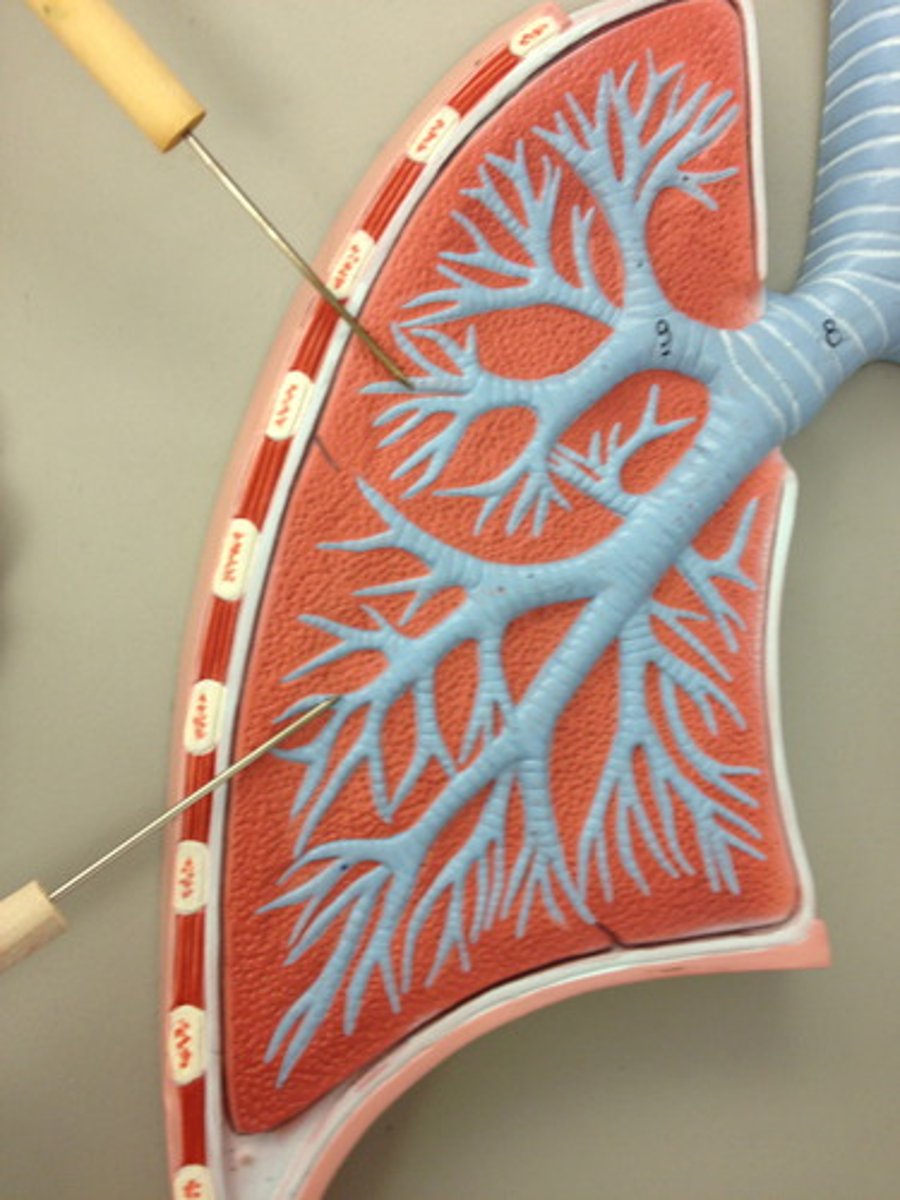Body Systems
1/26
There's no tags or description
Looks like no tags are added yet.
Name | Mastery | Learn | Test | Matching | Spaced |
|---|
No study sessions yet.
27 Terms
skeletal system
gives the body structure and protects internal organs
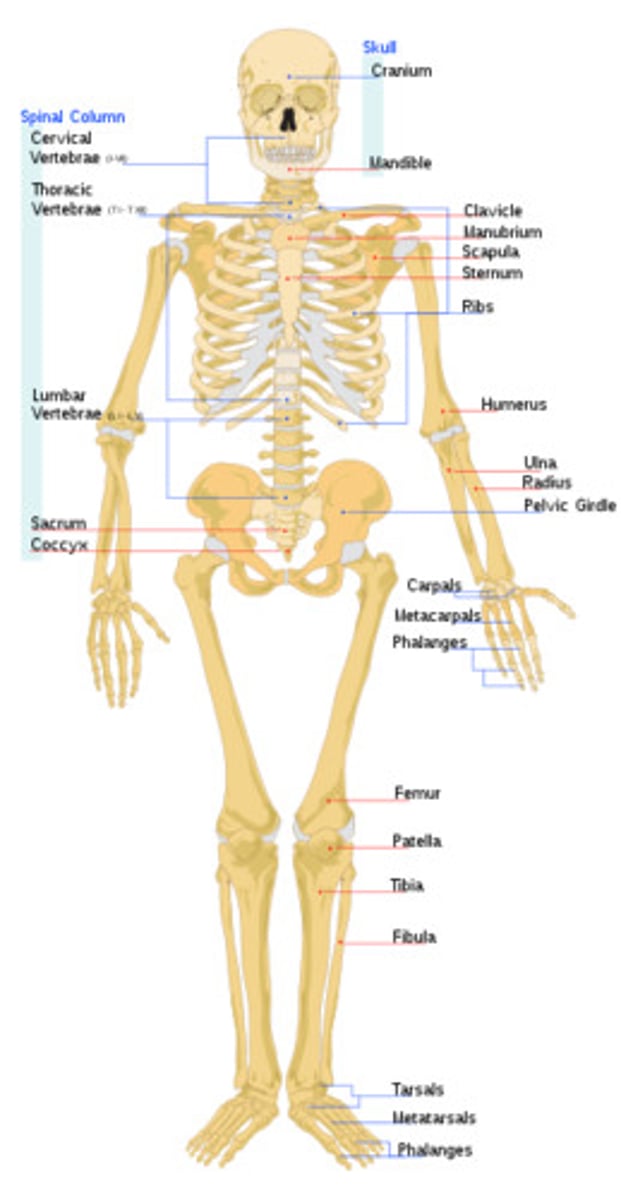
muscular system
works with the skeletal system to allow the body to move
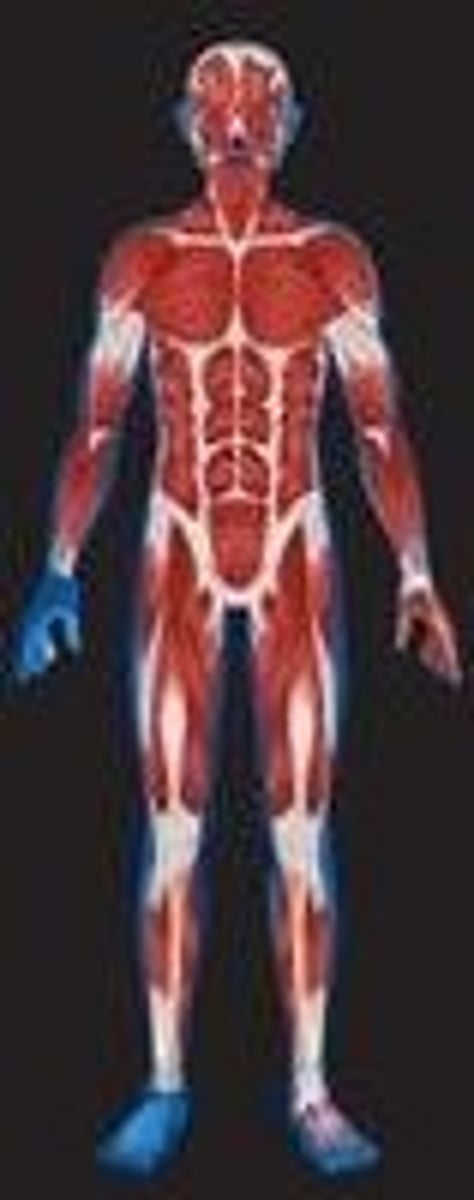
digestive system
breaks down food to give the body energy
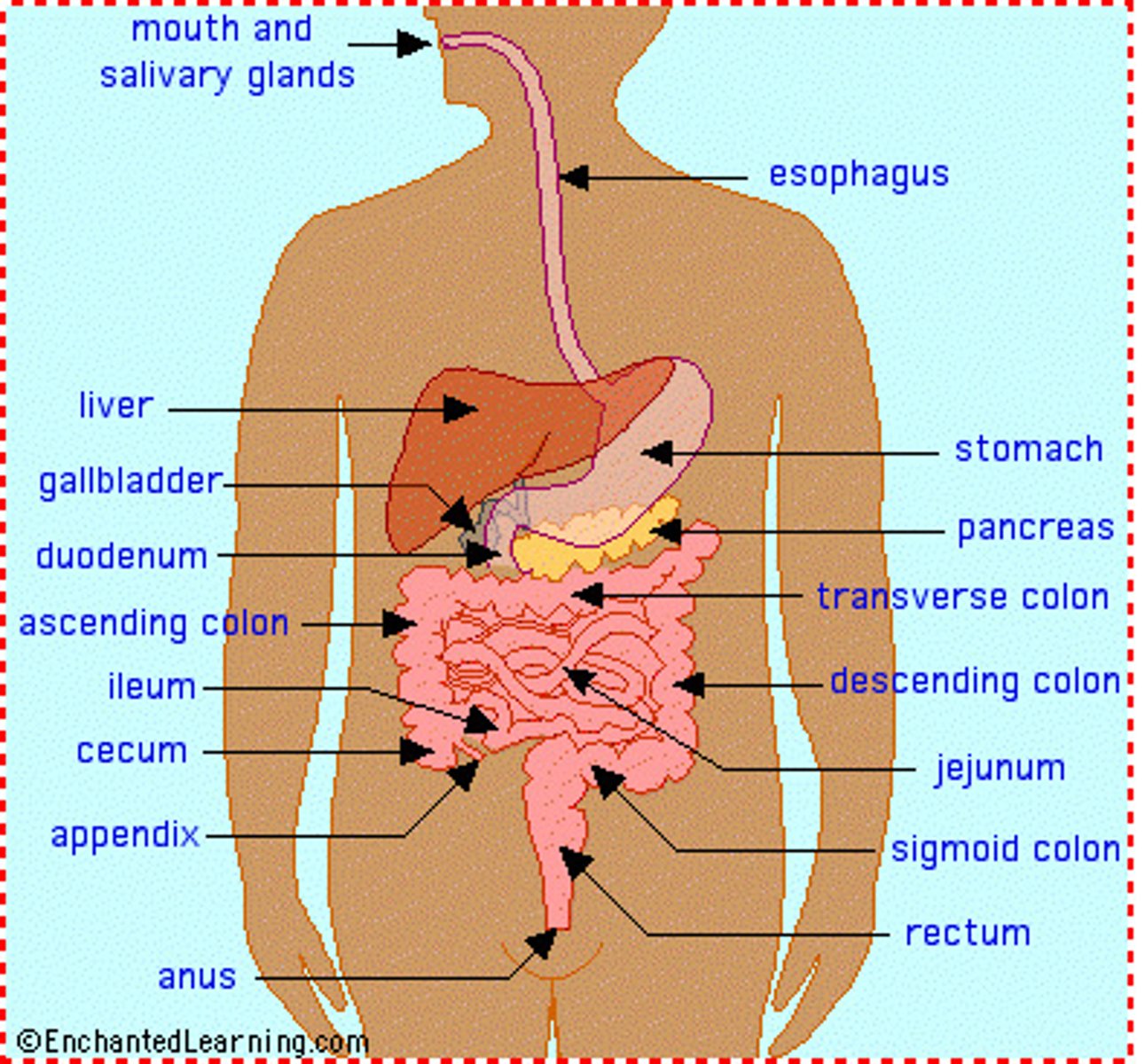
excretory system
removes waste products from the body
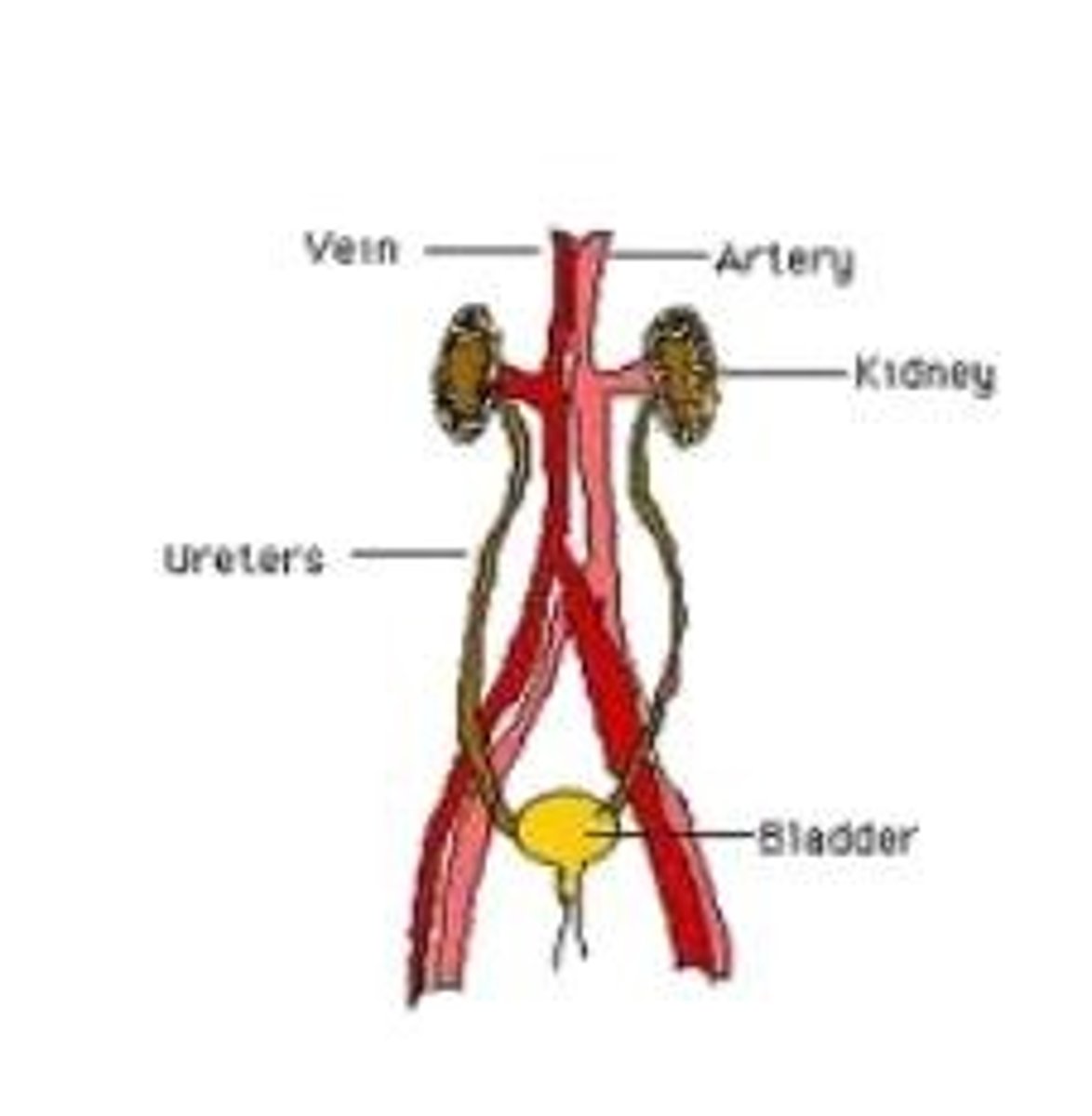
nervous system
responds to stimuli in the environment, and controls most body functions
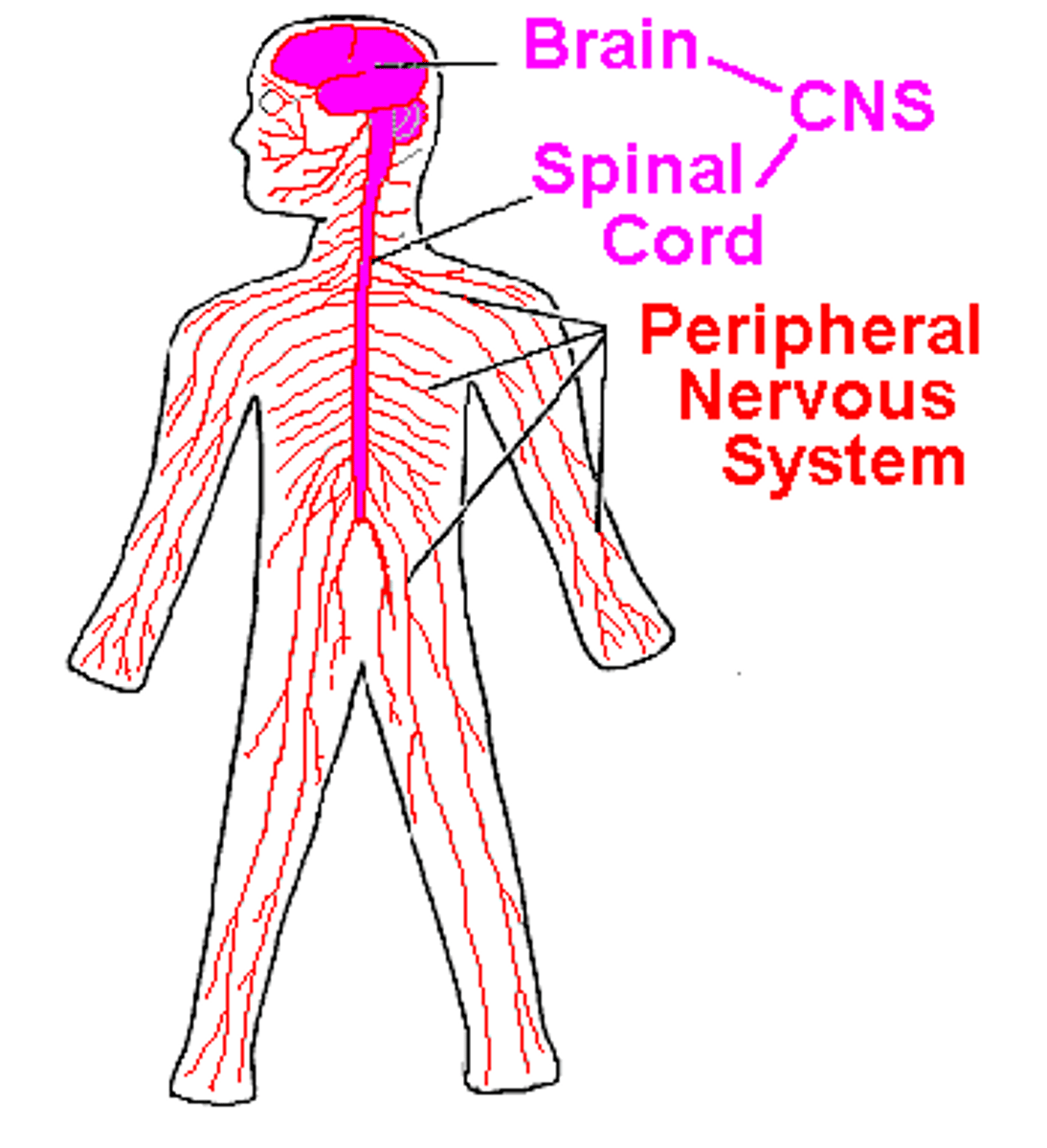
circulatory system
carries needed materials to the body cells, including oxygen; carries waste away from the body, including carbon dioxide
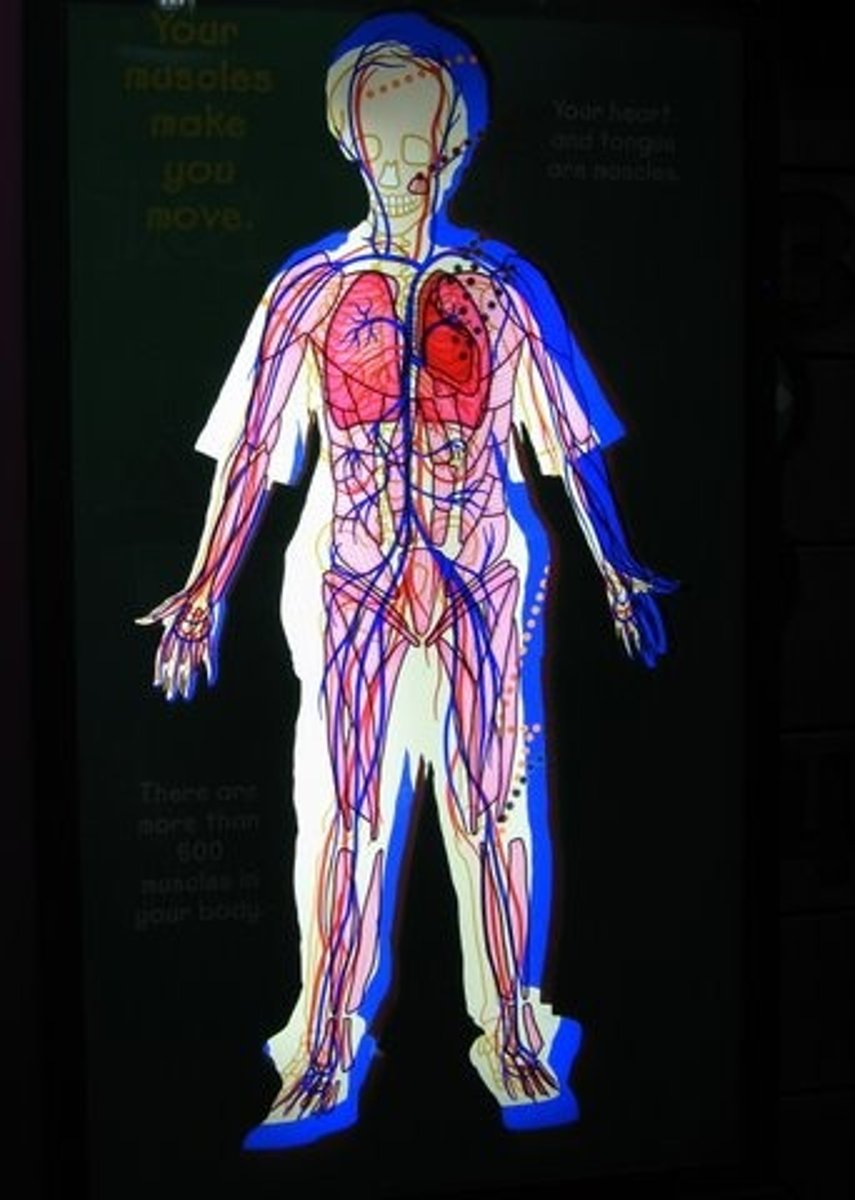
respiratory system
takes oxygen into the body when we inhale, and releases carbon dioxide when we exhale
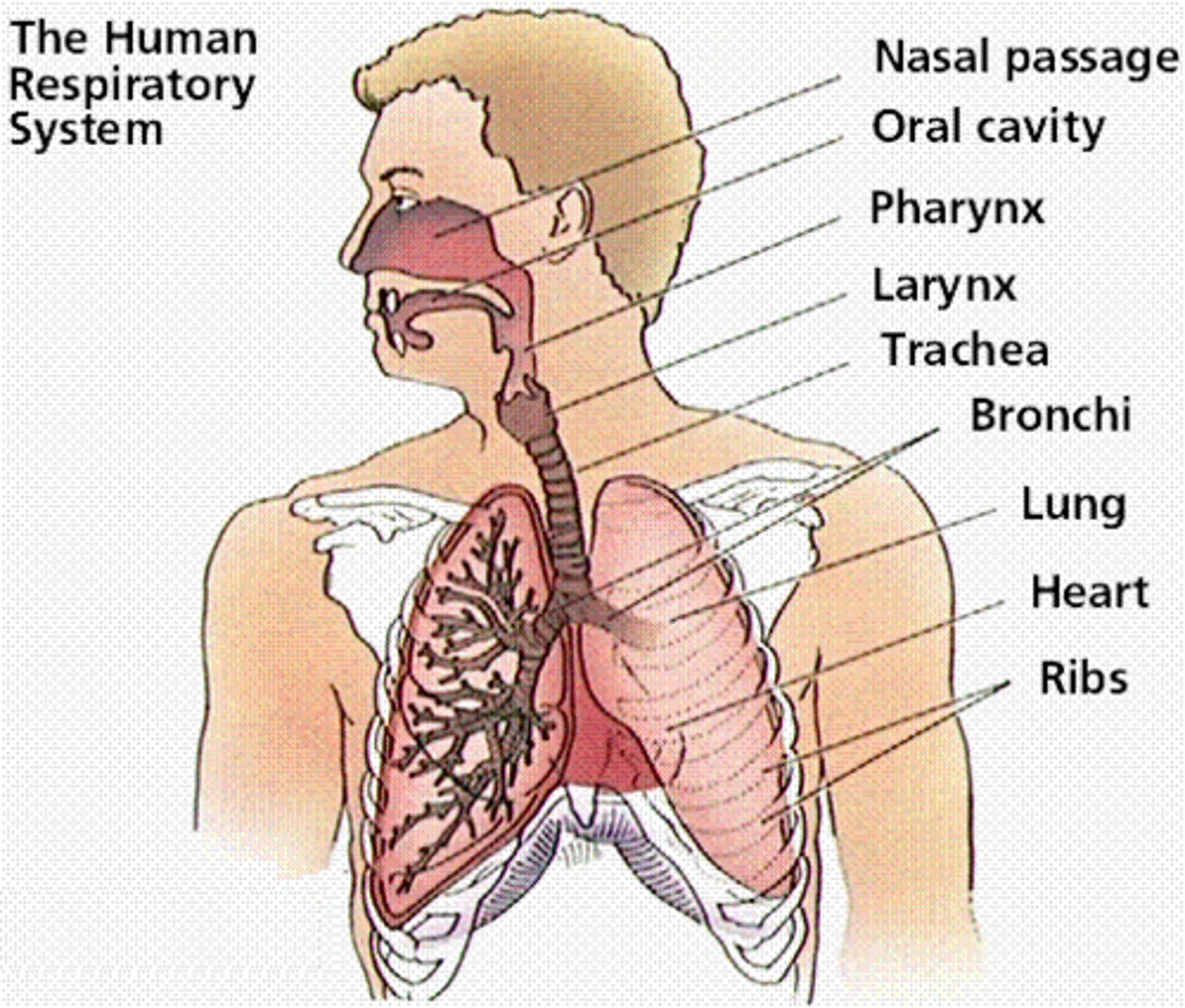
integumentary system
protects the body, releases excess water in sweat, and helps regulate body temperature
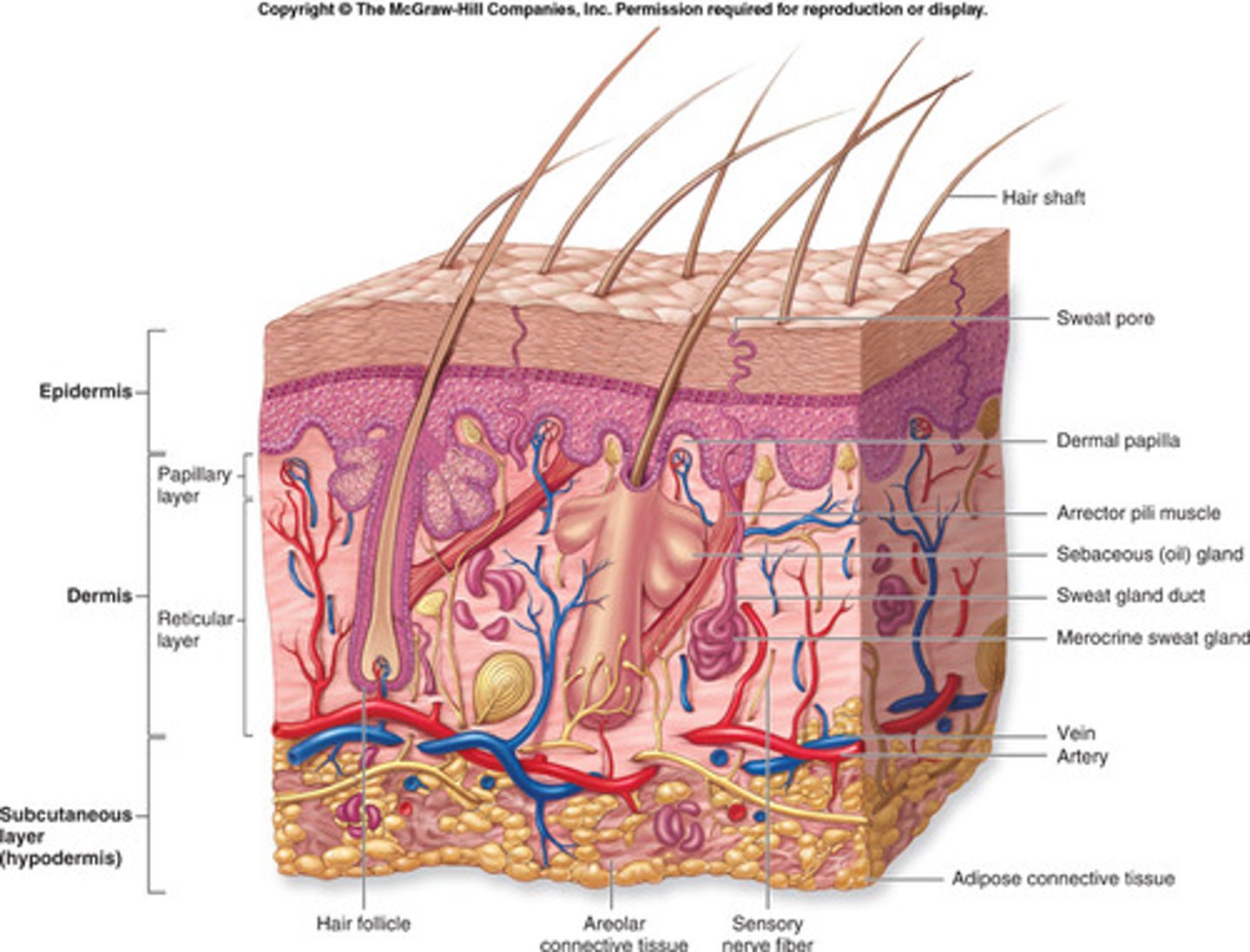
reproductive system
produces sex cells that can unite with other sex cells to create offspring
immune system
helps fight viruses, germs, and diseases
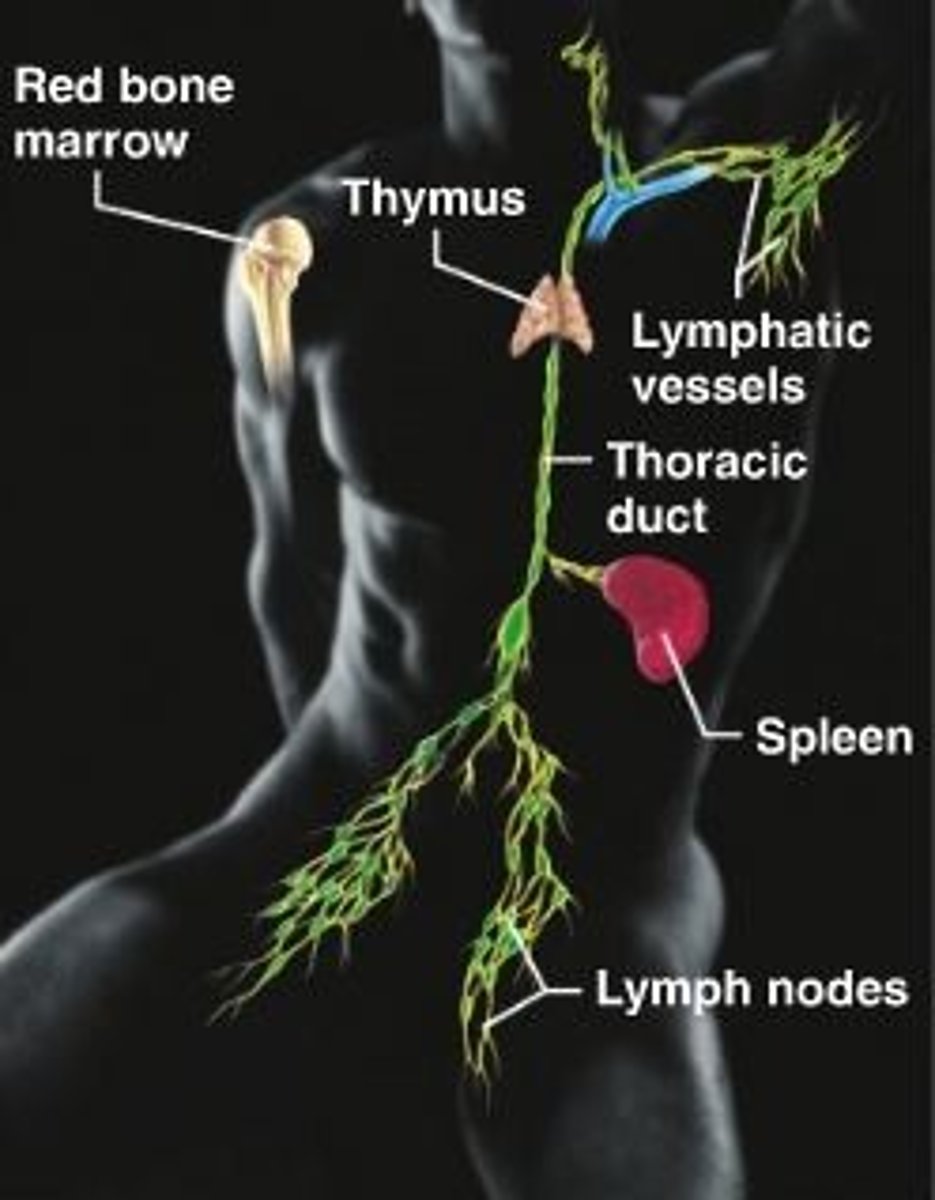
digestive system parts
mouth, esophagus, stomach, liver, pancreas, small intestine, large intestine, rectum, anus
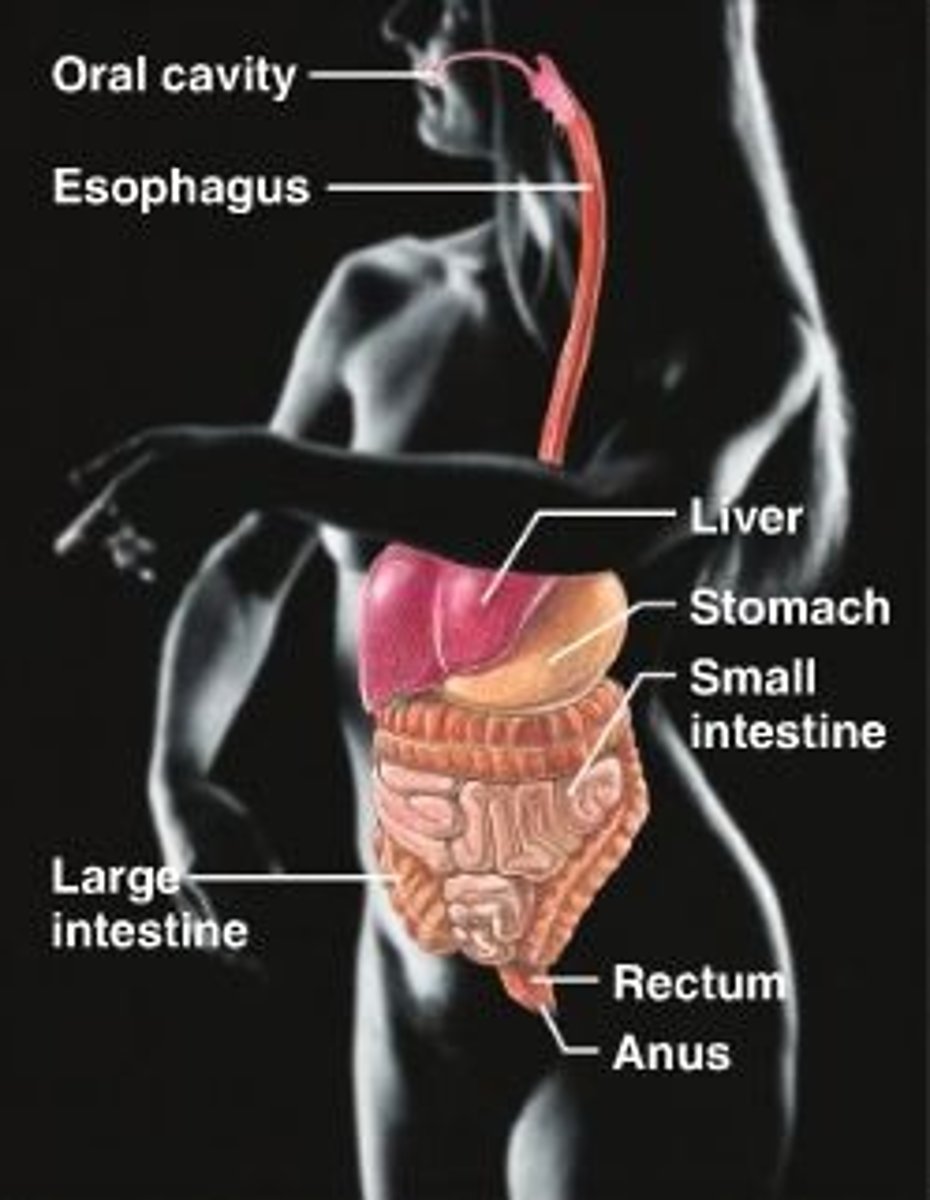
circulatory system parts
heart, arteries, capillaries, veins, blood, white blood cells
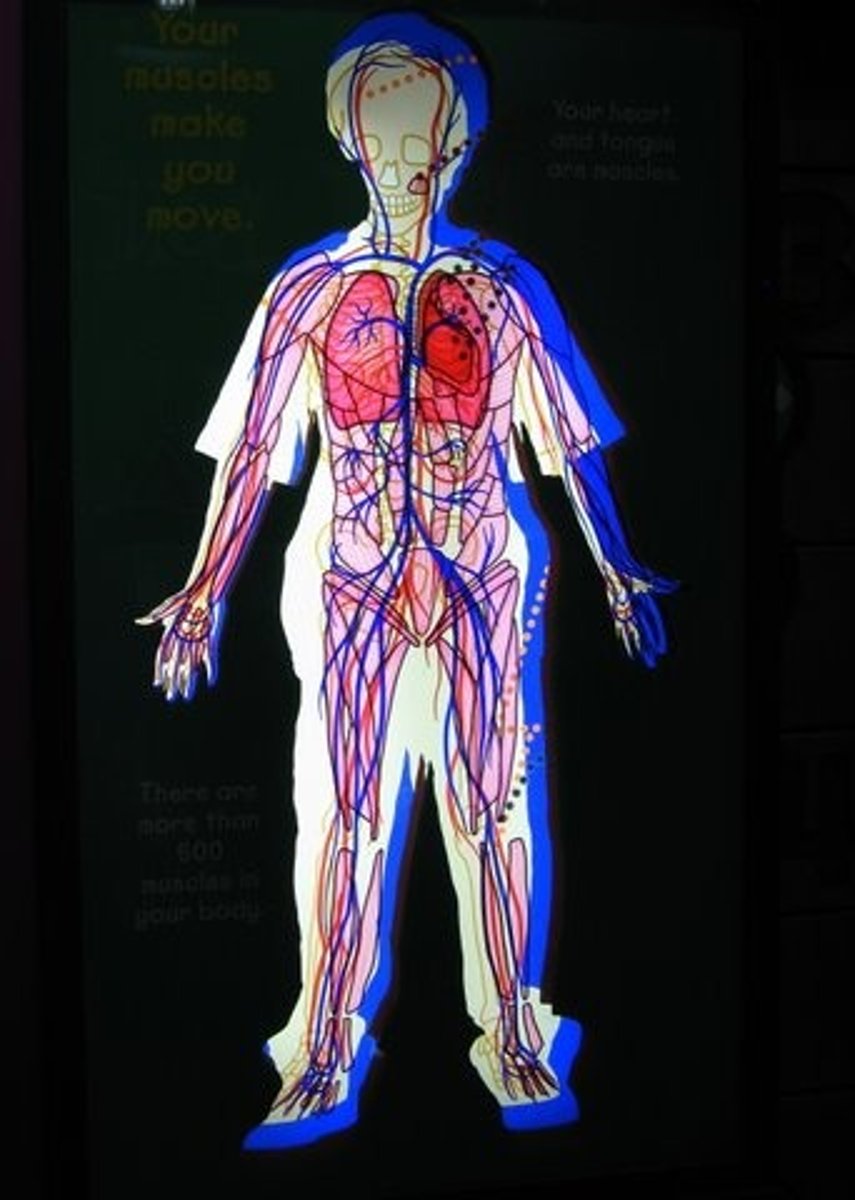
respiratory system parts
nose, trachea, larynx, bronchi, lungs, alveoli, diaphragm

arteries
carry oxygen-rich blood away from the heart to other parts of the body
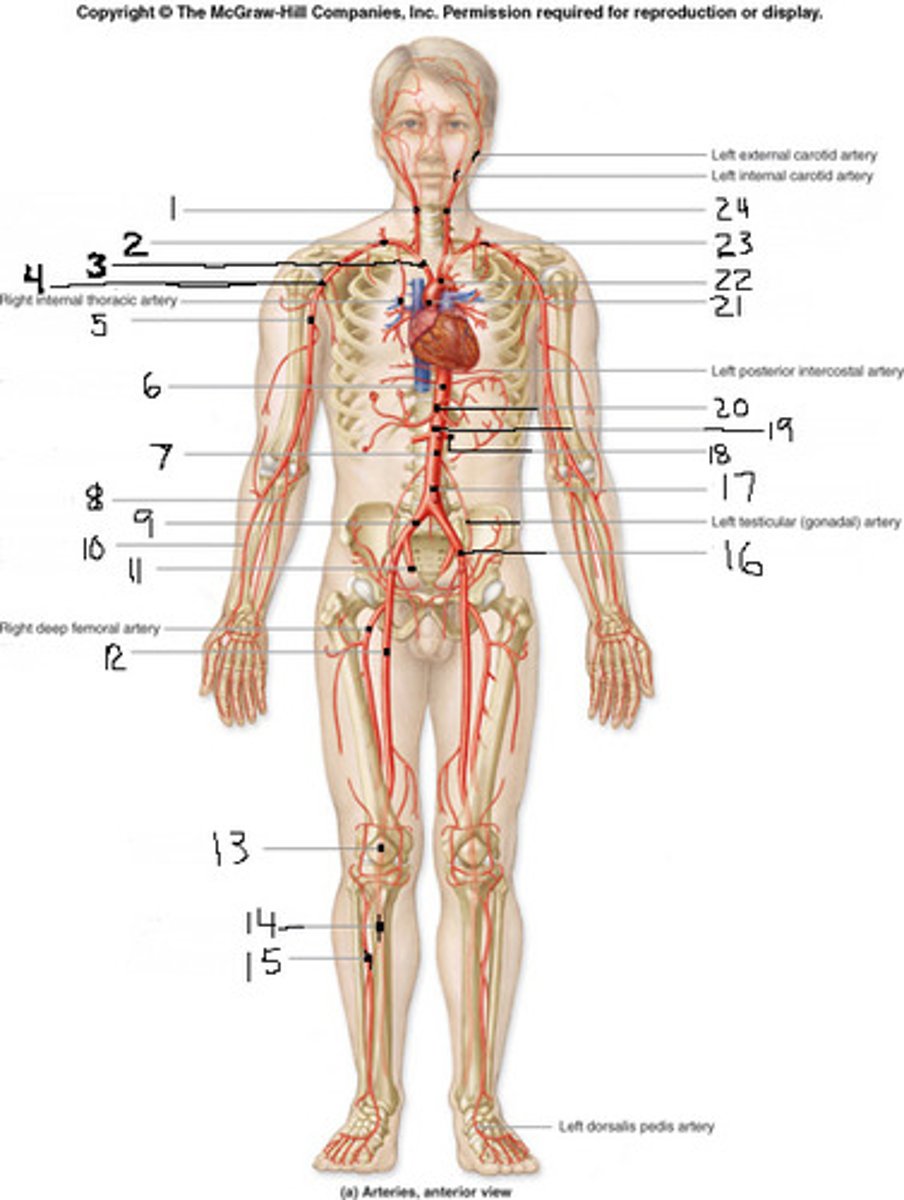
veins
carry oxygen-poor blood back to the heart
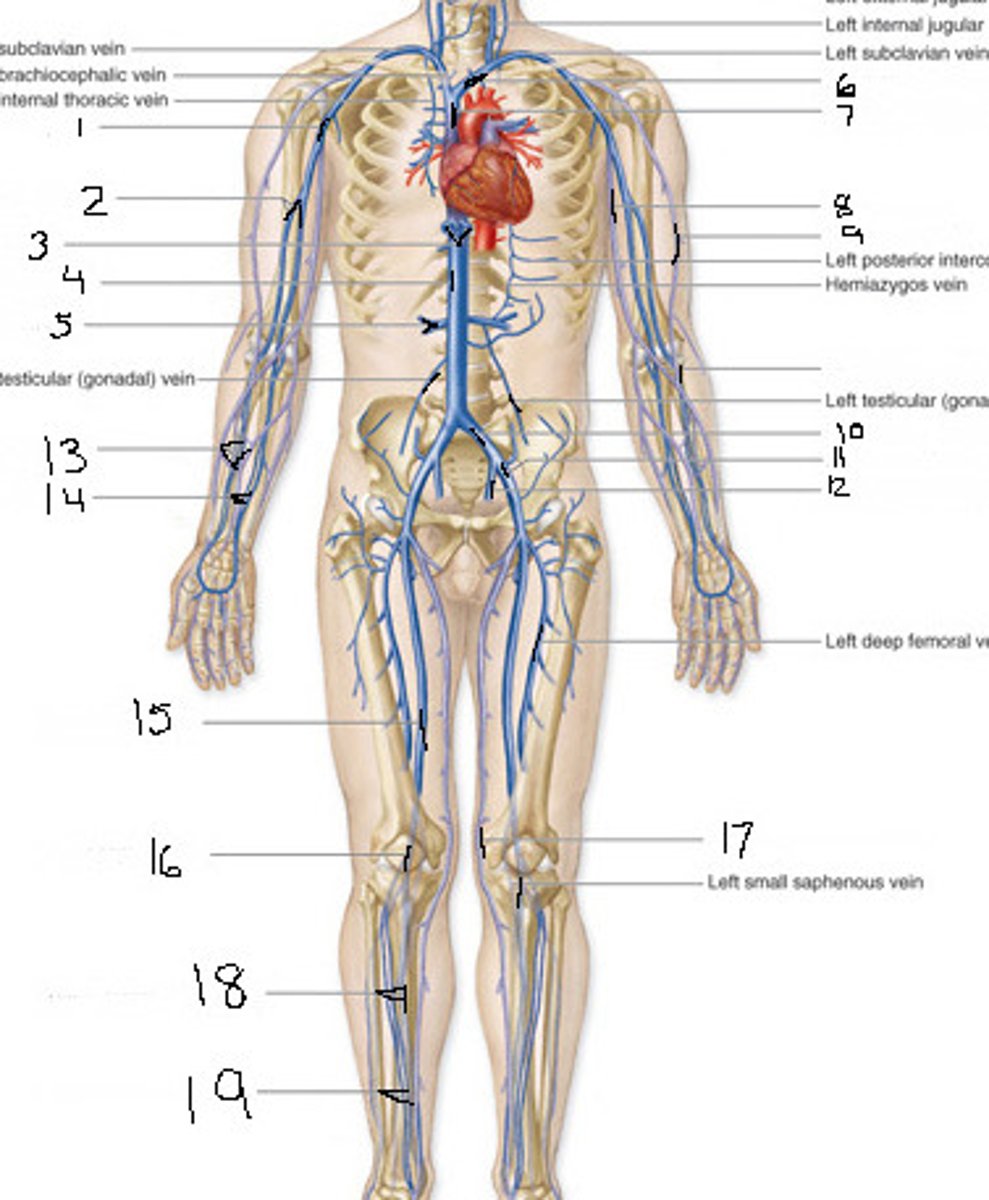
right atrium and right ventricle
contain oxygen-poor blood
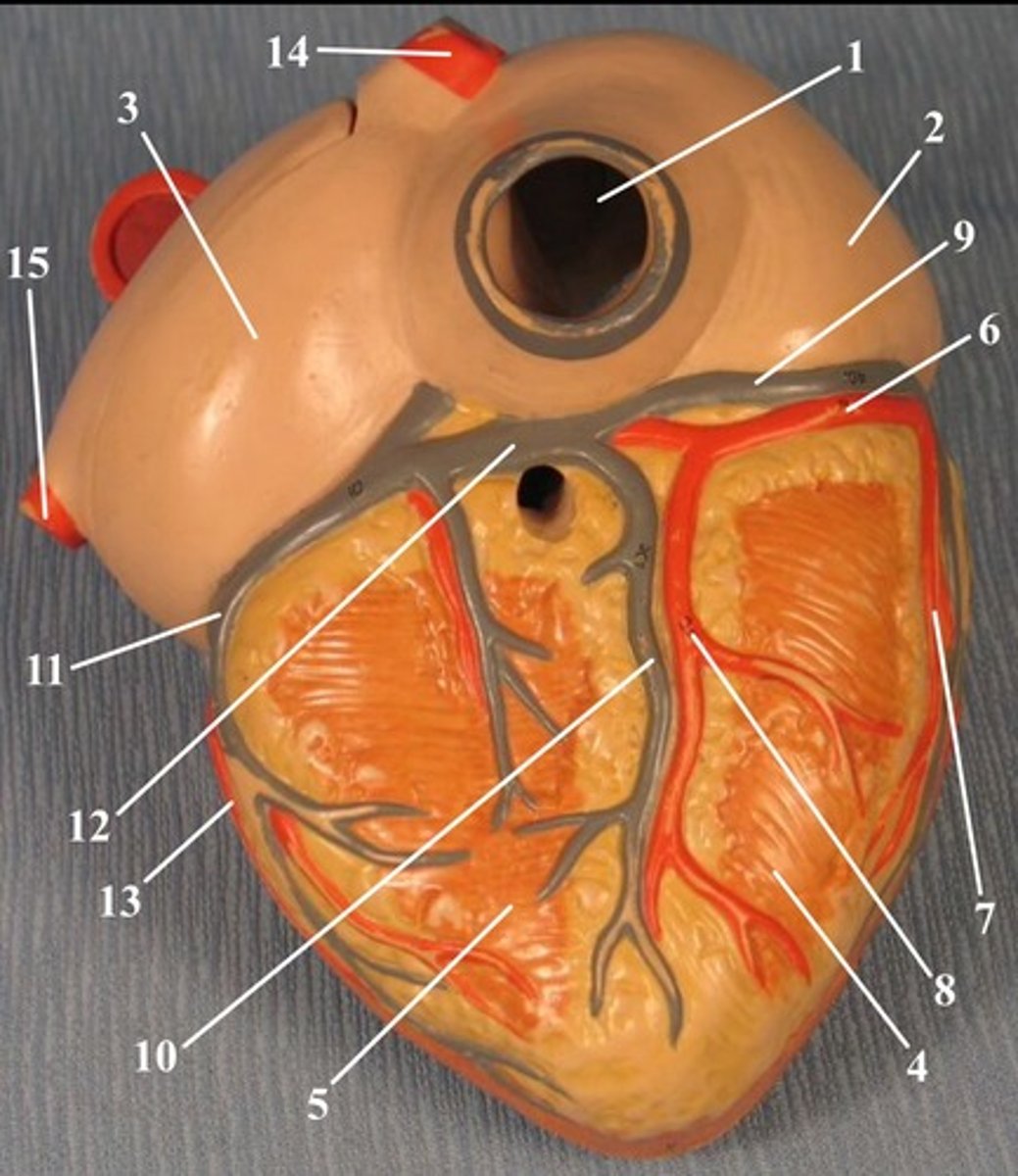
left atrium and left ventricle
contain oxygen-rich blood
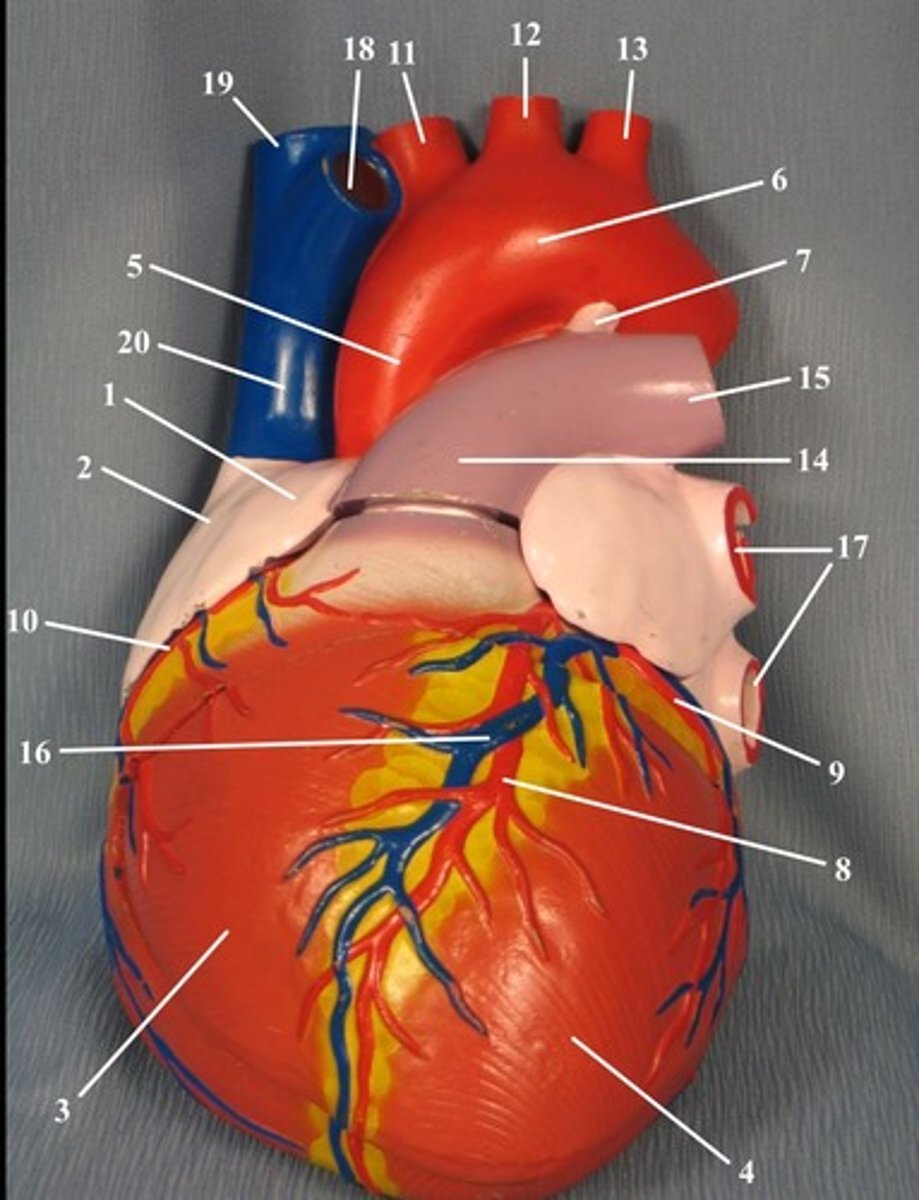
sequence of blood flow
right atrium, right ventricle, lungs, left atrium, left ventricle, aorta
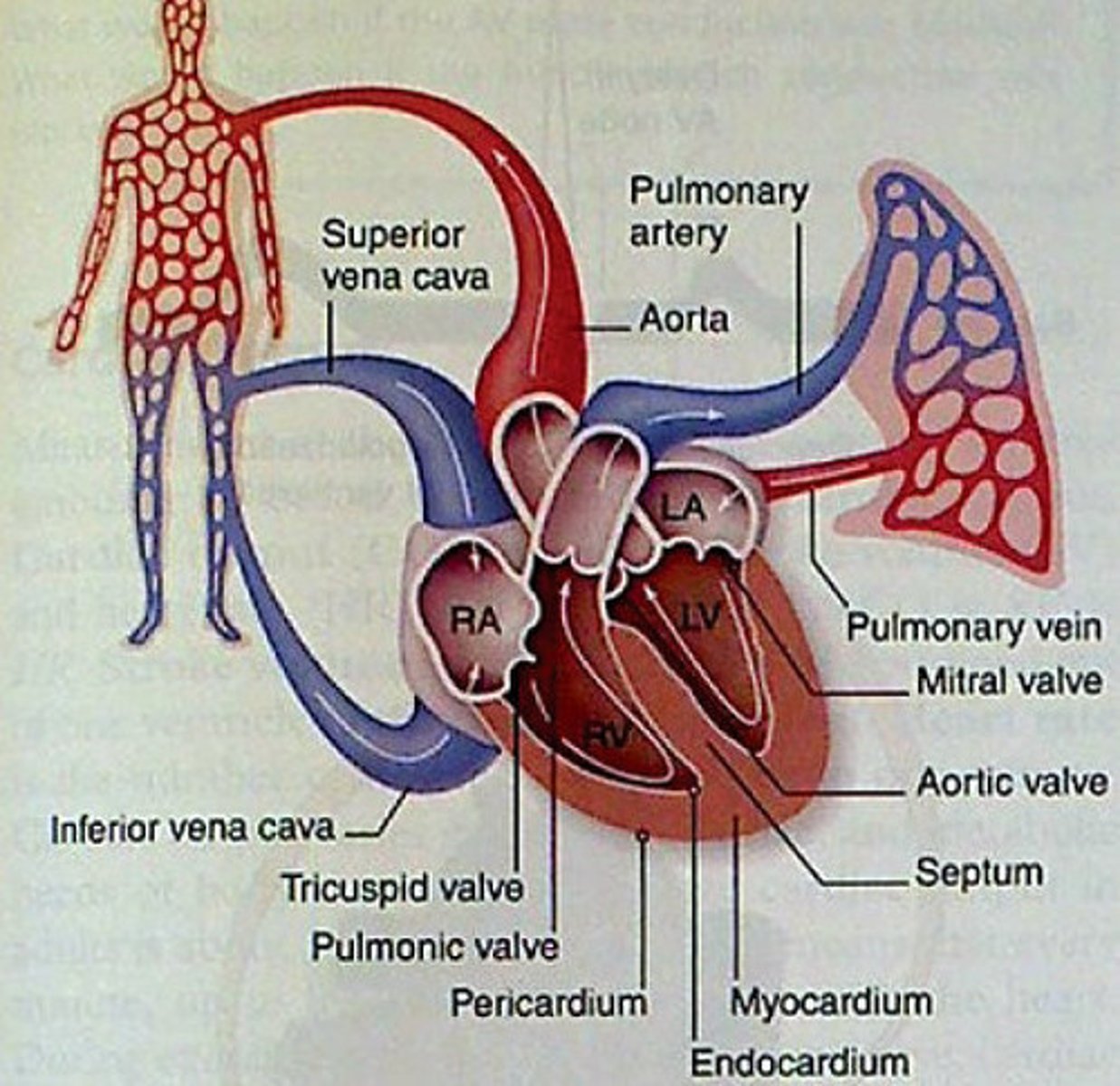
diaphragm
large, flat muscle at the bottom of the chest cavity that helps with breathing; when it is contracted oxygen is inhaled, and when it is relaxed carbon dioxide is exhaled
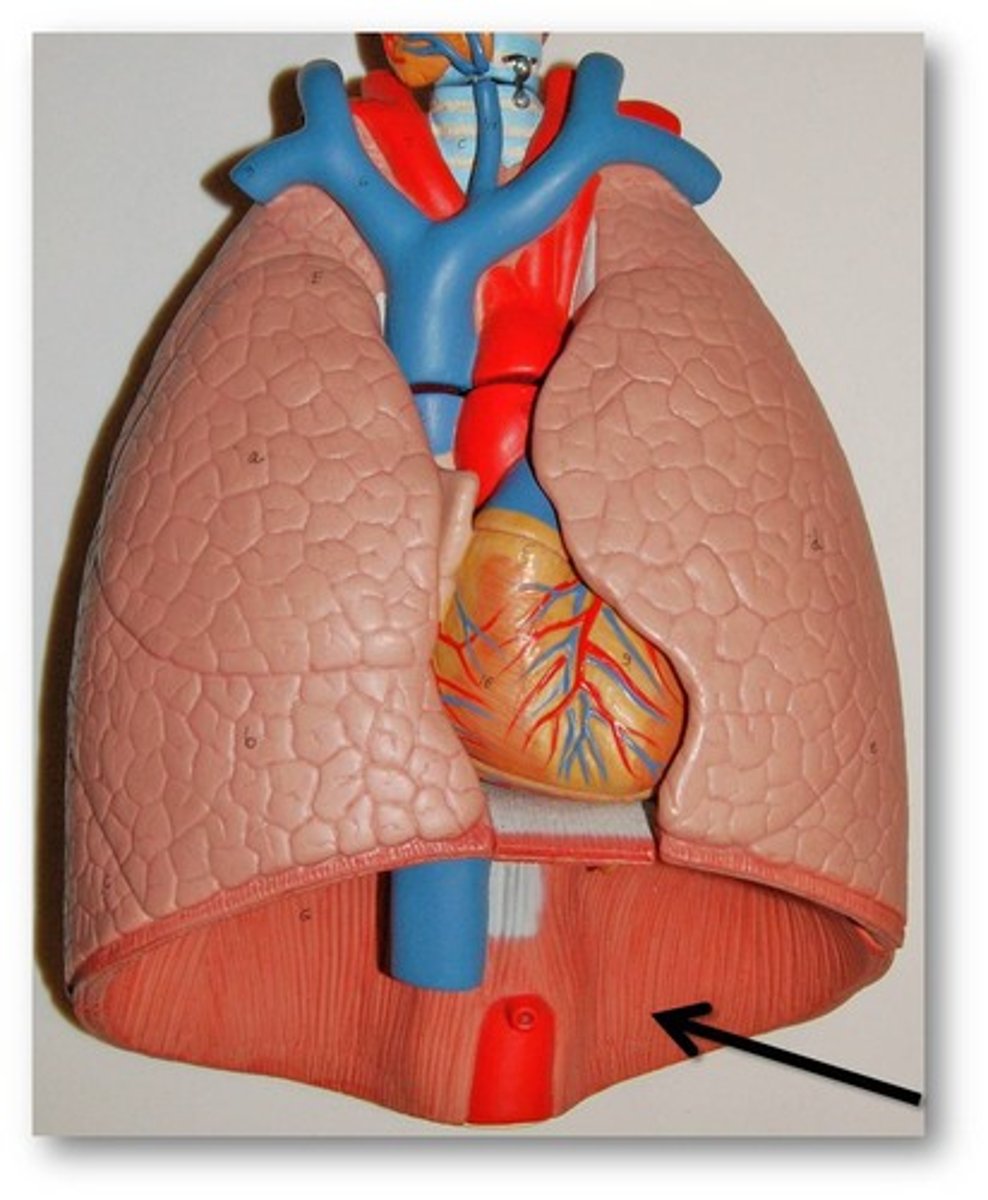
red blood cells
transports nutrients, gas, and waste to the body; gives blood it's color
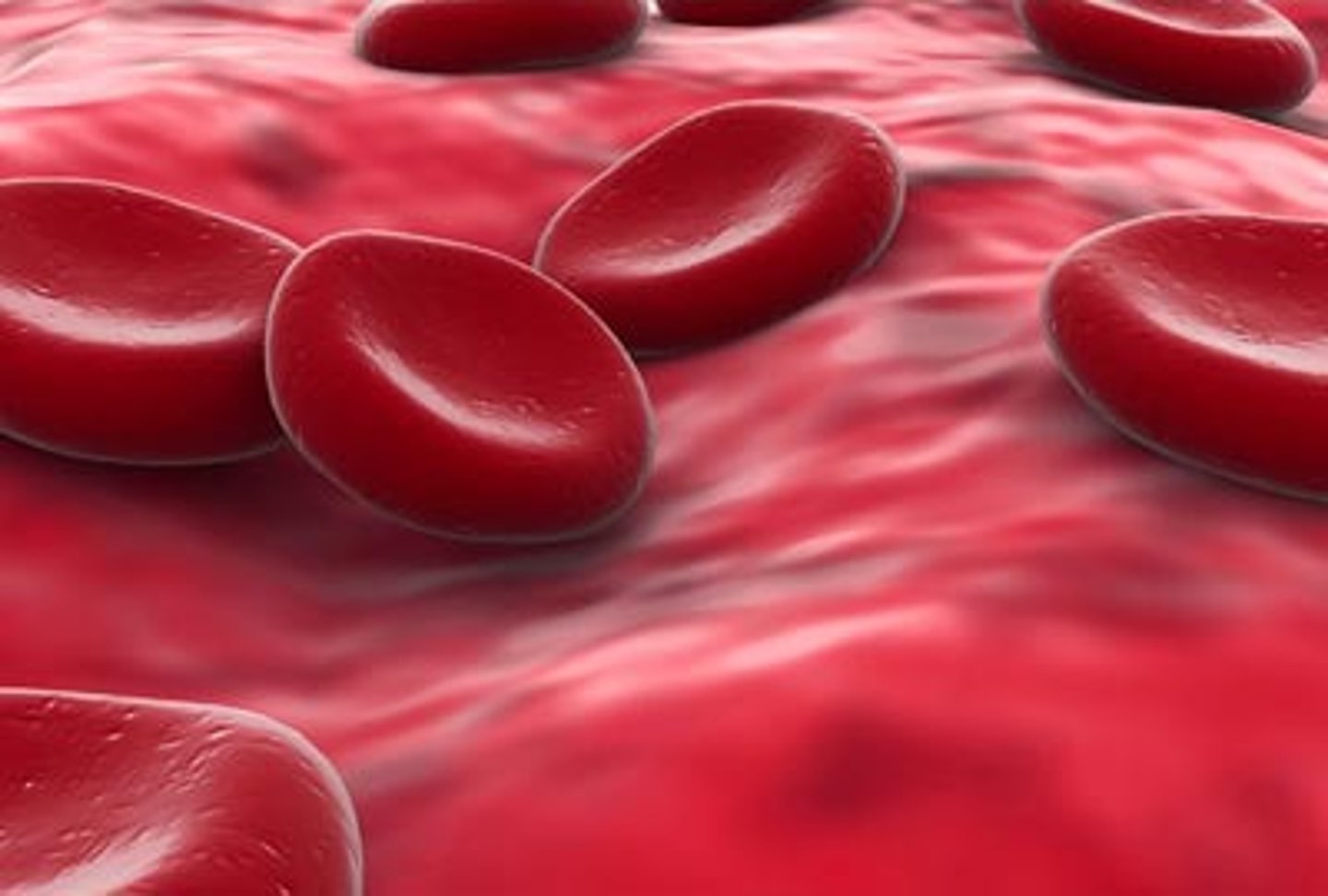
white blood cells
part of the blood that helps destroy bacteria and fight disease
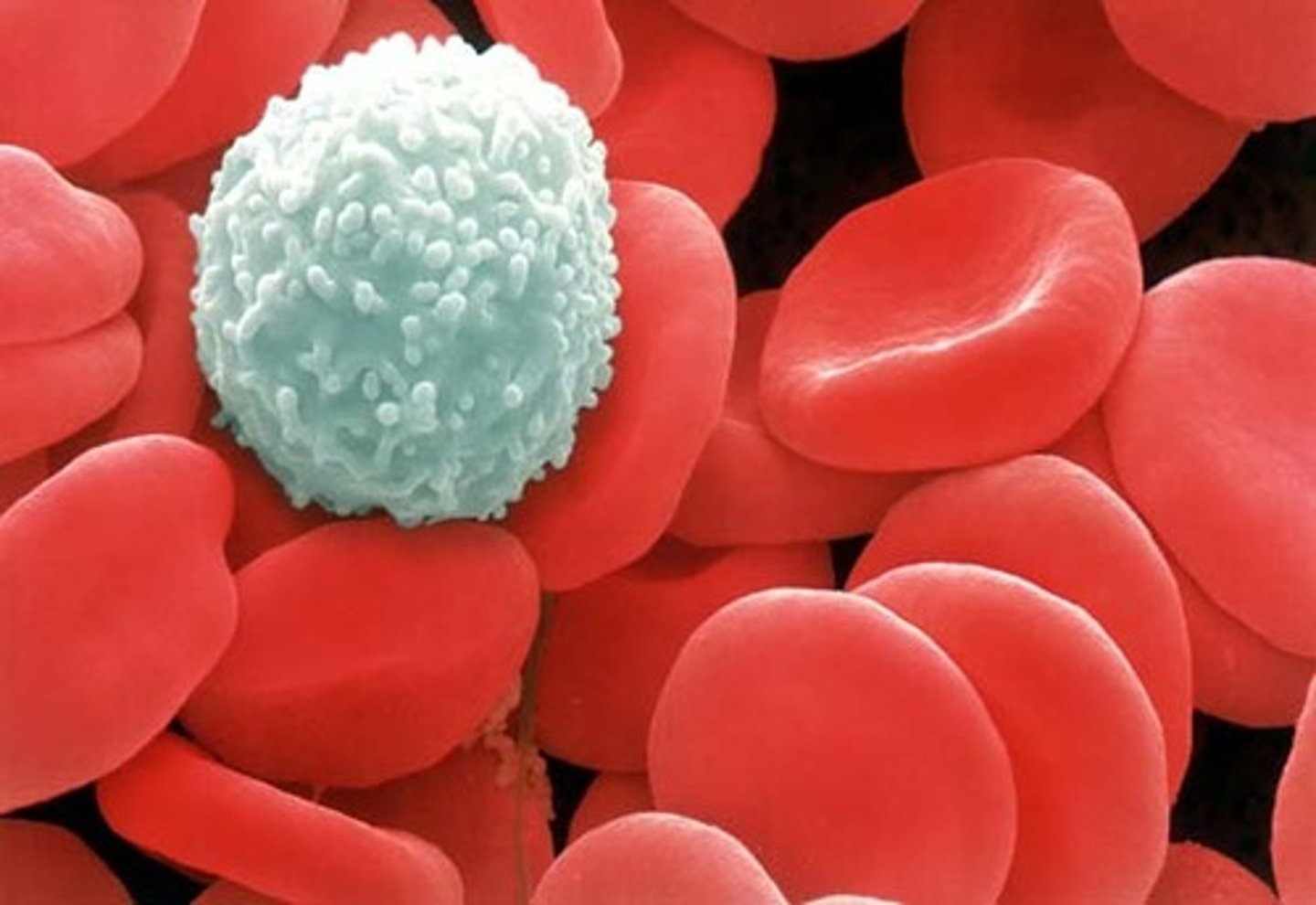
platelets
part of the blood that helps it clot to form scabs
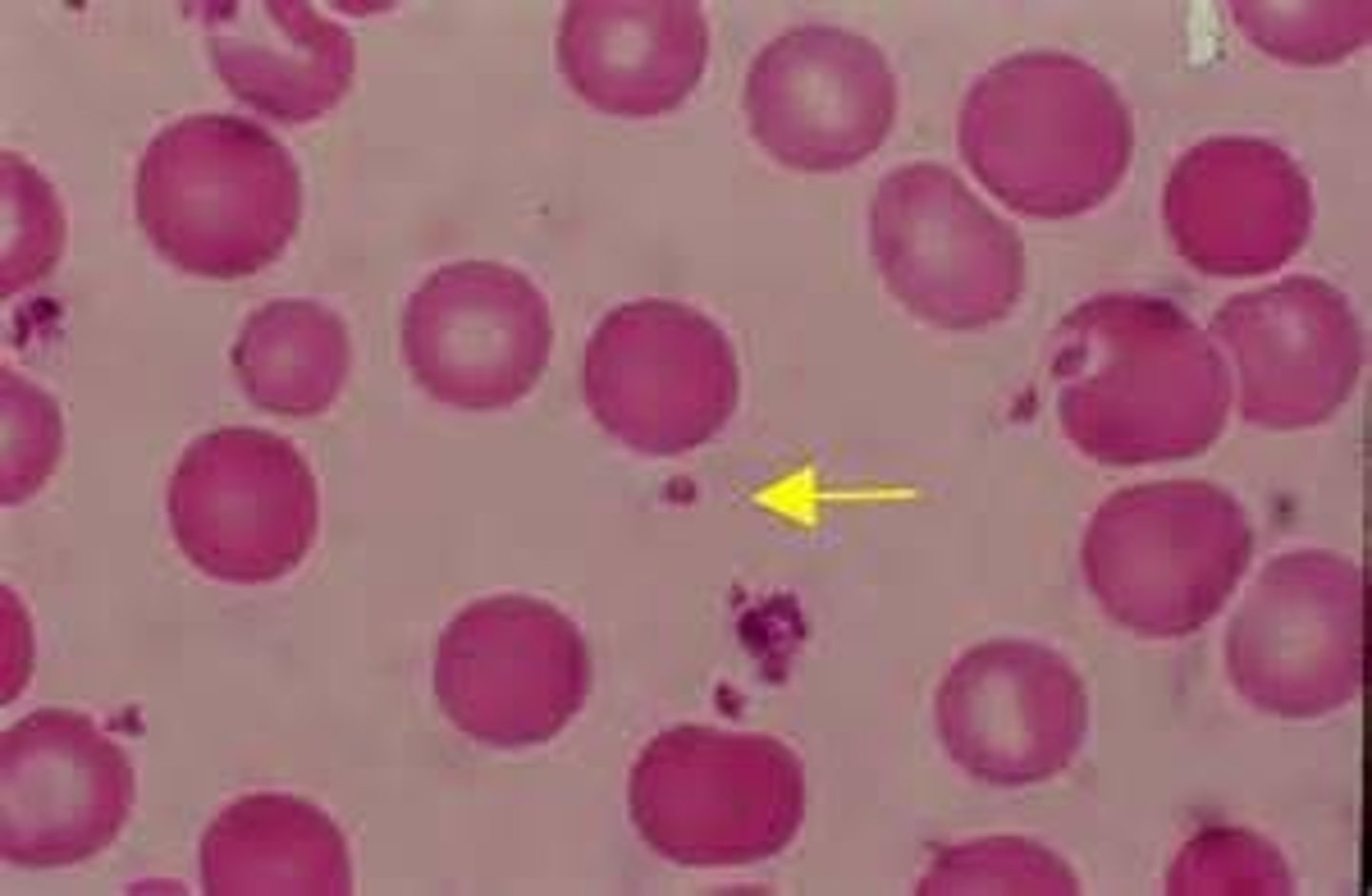
plasma
Liquid part of blood, made mostly of water, salt, sugar, and protein
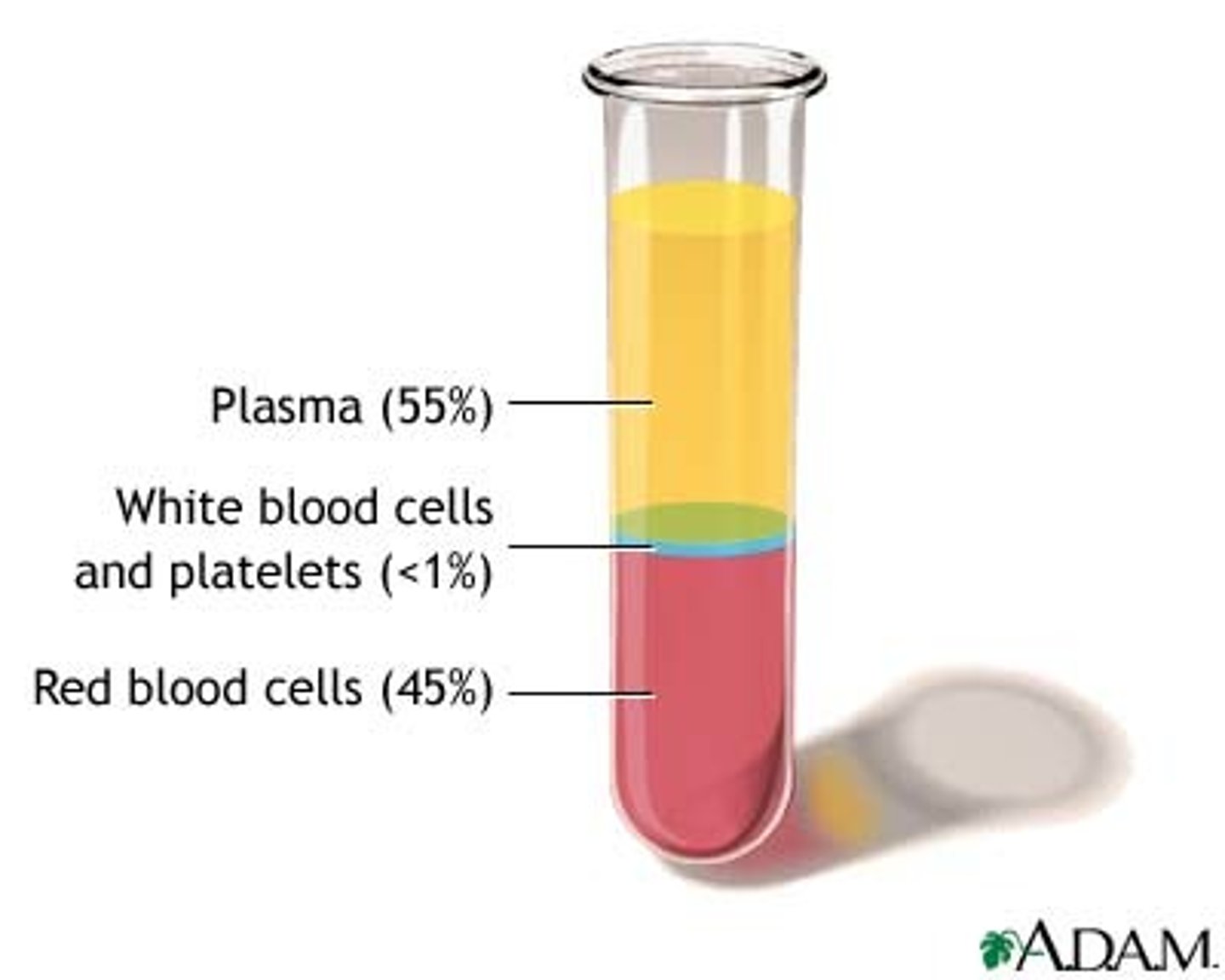
capillary
smallest blood vessel; brings nutrients and oxygen to the tissues and absorbs carbon dioxide and waste products
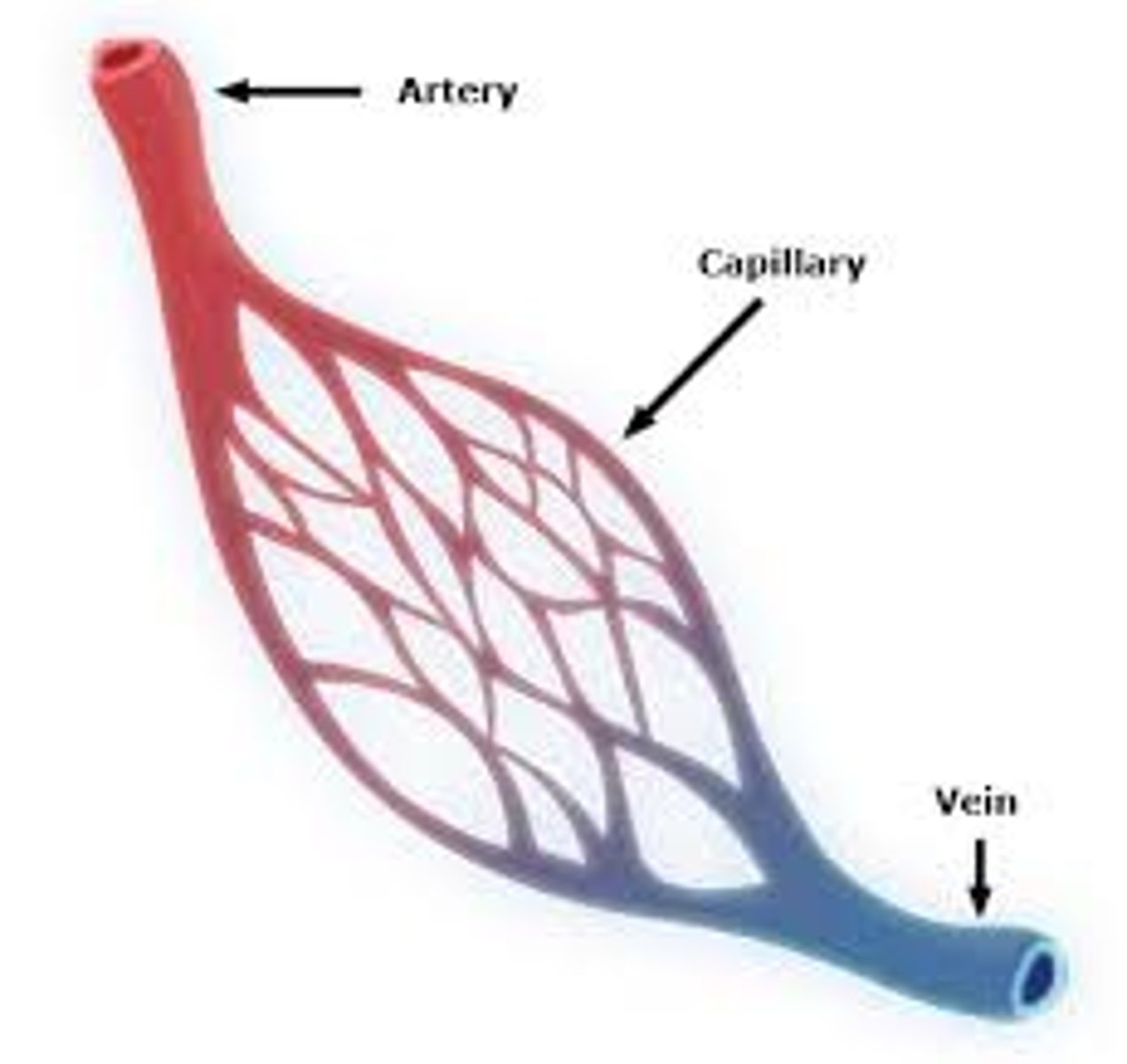
Alvioli
small air sacs in the lungs where oxygen and carbon dioxide are exchanged
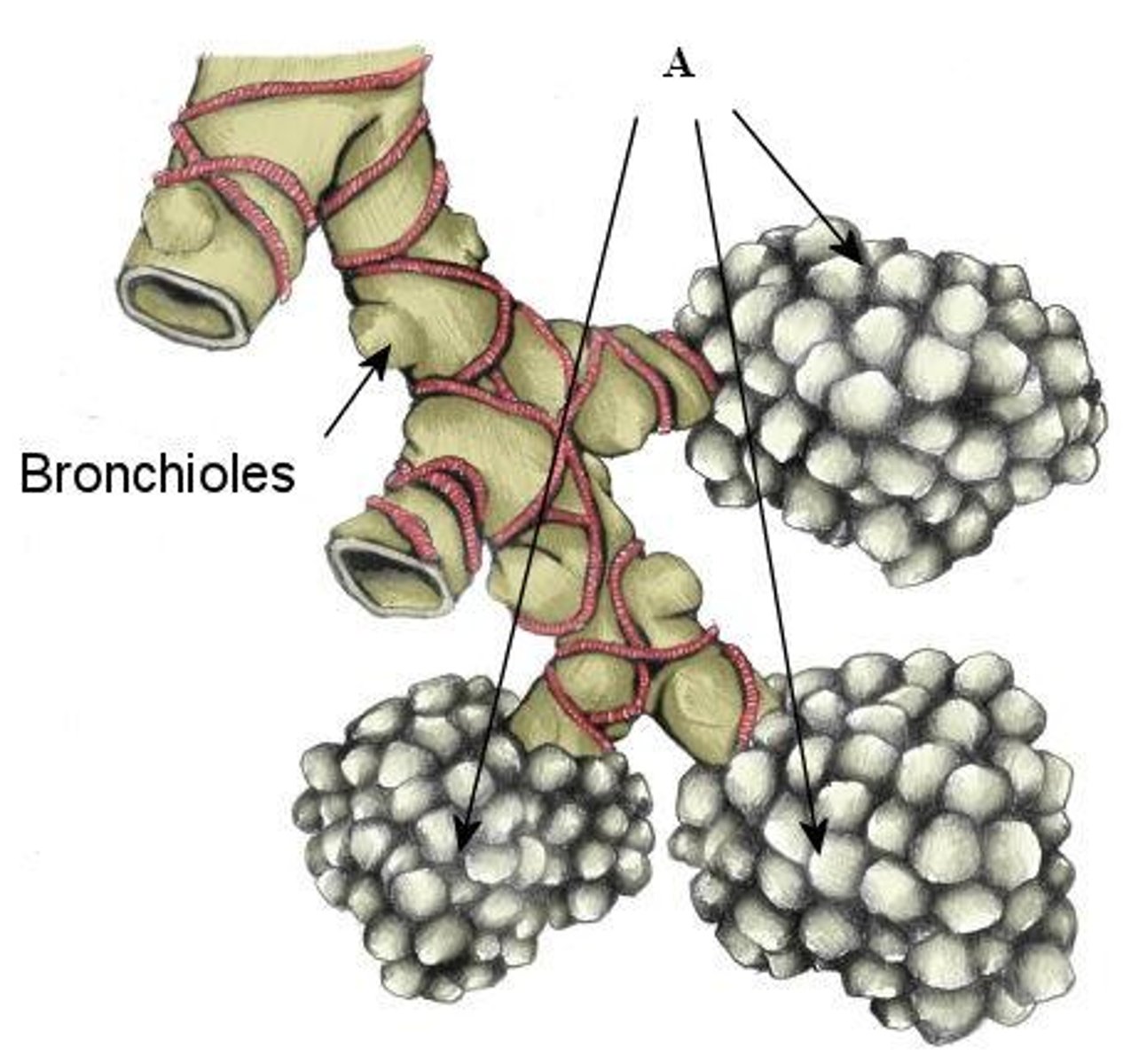
Bronchi
two short branches located at the lower end of the trachea that carry air into the lungs
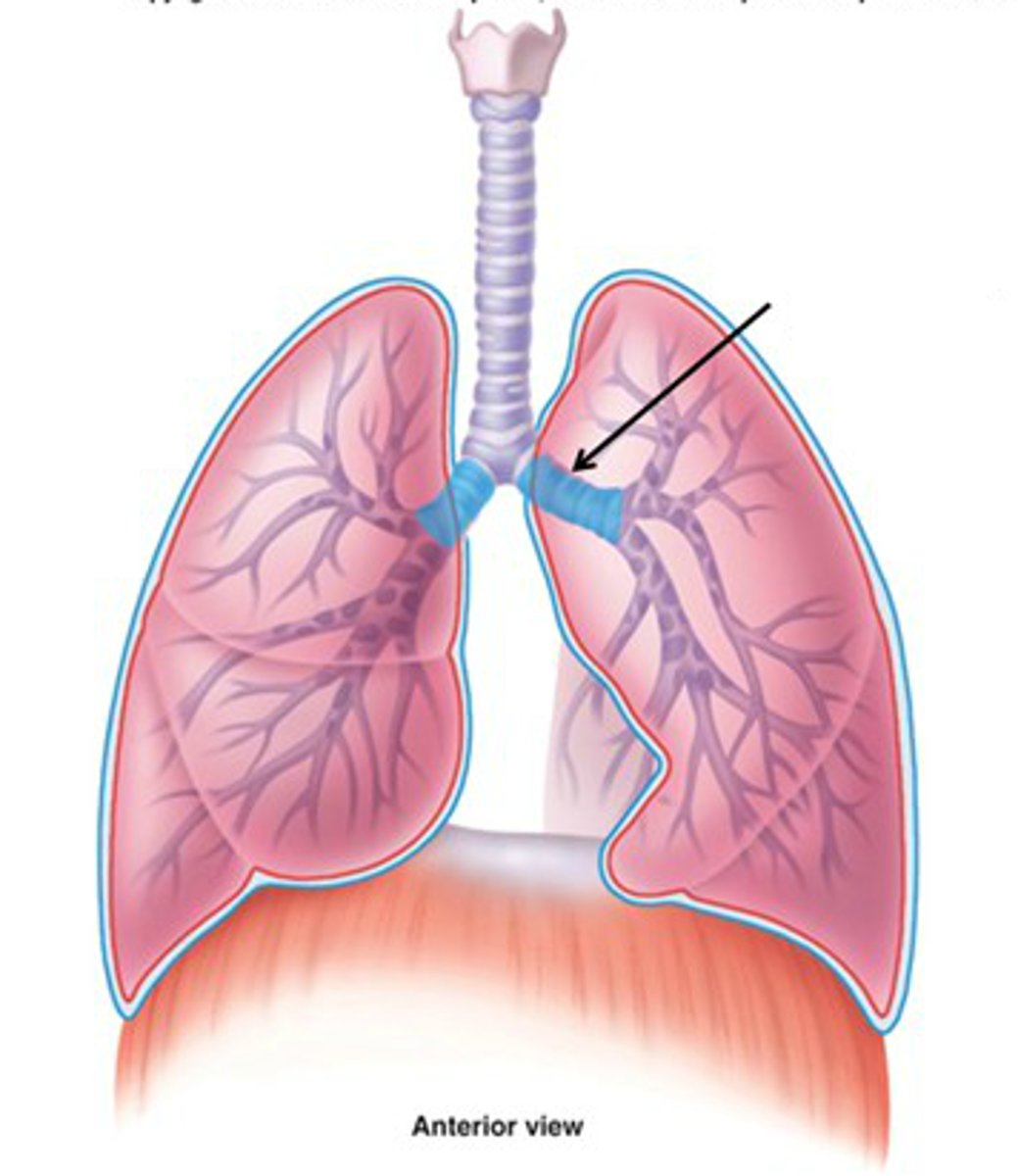
Bronchioles
smallest branches of the bronchi
